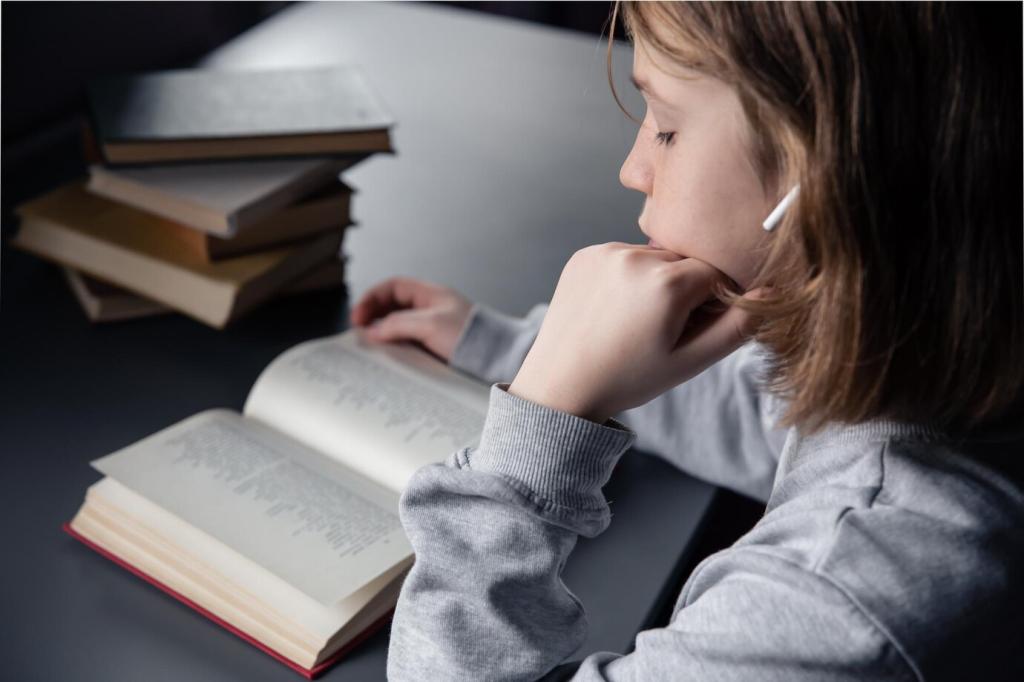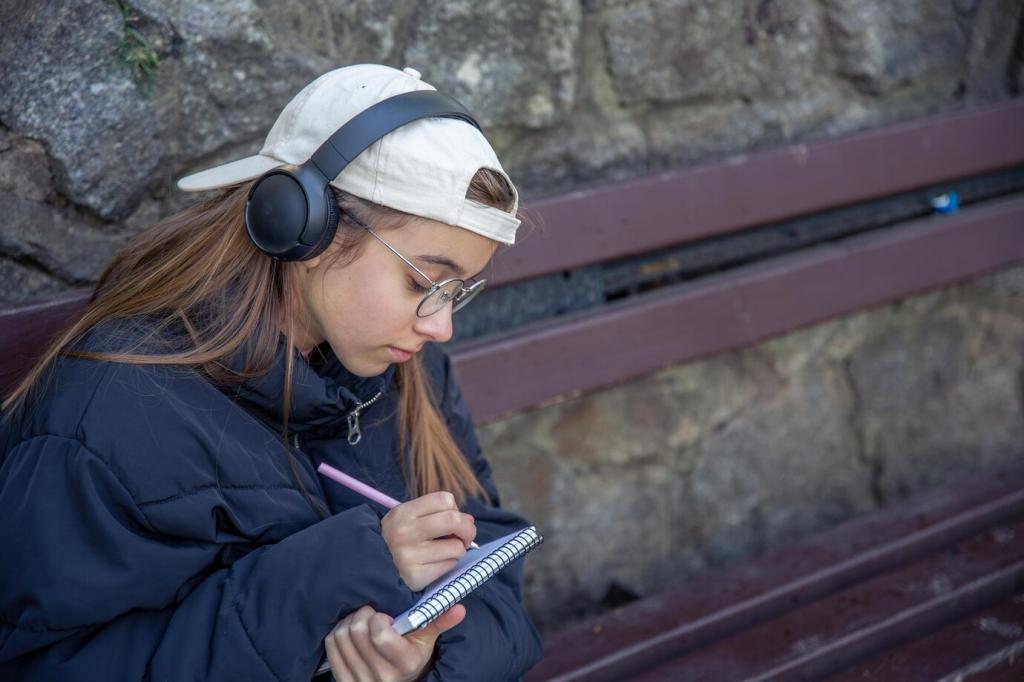
Famous Composers and Their Contributions
Chosen theme: Famous Composers and Their Contributions. Step into a living gallery of ideas, innovations, and human stories behind the music that remade listening itself—then share your favorites and subscribe for fresh discoveries.
Bach’s Blueprint: Harmony, Counterpoint, and the Craft of Possibility
From the Well-Tempered Clavier to The Art of Fugue, Bach’s subjects and countersubjects reveal logic that feels like magic. Study one line aloud, then follow another, and tell us where you felt the puzzle click.


Bach’s Blueprint: Harmony, Counterpoint, and the Craft of Possibility
Bach’s chorales turn congregational melodies into clear lessons in voice-leading. Sing each inner voice on its own; the harmony still breathes. Comment with your favorite chorale and what emotion its cadences leave behind.
Beethoven Expands the Map: The Symphony as Human Drama

Eroica and the new musical horizon
The Third Symphony blew open length and narrative scope, sounding like history turning its own pages. Listen for bold harmonic detours and rhythmic insistence, then post which passage feels most heroically personal to you.

Composing through silence
Beethoven’s hearing loss did not mute his imagination; it sharpened it. The late quartets whisper, question, and laugh into the void. Share the movement that made you lean closer and forget you were breathing.

Rhythm as a revolution
From the relentless fate-knock of the Fifth to the volcanic scherzos, rhythm becomes character. Clap the opening motif, then follow its transformations, and comment on how repetition turns into storytelling in your ears.
Opera Reimagined: Mozart, Verdi, and Wagner on the Living Stage
In The Marriage of Figaro and Don Giovanni, simultaneous emotions collide inside ensemble numbers. Follow a single character’s line through the ensemble, then share how the musical overlap mirrors messy human honesty.

Opera Reimagined: Mozart, Verdi, and Wagner on the Living Stage
Verdi sets truth to melody—Rigoletto’s pain, Violetta’s sacrifice, Otello’s unraveling. Notice how the orchestra breathes with the singers, then comment on where you hear compassion rising beneath the drama’s darkest turns.
National Voices, Global Echoes: Identity in Sound
Chopin’s Poland at the piano
Mazurkas and polonaises distill village dances into intimate poetry. Listen for subtle rubato and accented second or third beats, then tell us how those sways make a small room feel like a remembered landscape.
Dvořák’s bridges across the Atlantic
In the New World Symphony, Dvořák listened deeply in America, absorbing spirituals and Indigenous-inspired melodies he encountered. Share the Largo’s cor anglais line that haunts you, and why it feels both new and ancestral.
Smetana’s river of memory
In Vltava, Smetana paints a river’s journey with melody and orchestral color. Follow the current past village dances and moonlit calm, then tell us which scene felt most vivid in your imagination.
Modernism’s Spark: Stravinsky, Schoenberg, and Debussy Change the Air
Stravinsky lights the fuse
The Rite of Spring’s 1913 premiere nearly caused a riot, but its polyrhythms and raw timbres altered rhythm’s future. Count an off-kilter passage, feel your pulse resist, then share what finally made it groove.
Schoenberg’s new order of notes
Twelve-tone technique reorganized musical expectation, prioritizing relationships over traditional key centers. Trace a tone row’s transformations, then tell us where structure turned into sensation and the system began to sing for you.
Debussy’s colors and the art of suggestion
Modal inflections, whole-tone washes, and delicate orchestration let silence carry meaning. After La mer or Prélude à l’après-midi d’un faune, describe one sonic color that lingered like light on water in your mind.
Beyond the Concert Hall: Film Scores, New Media, and Fresh Frontiers
With memorable motifs and Wagnerian echoes, Williams gave blockbusters symphonic backbone. Hum a theme from memory, notice its intervals and rhythm, then share how it guides you through wonder, dread, and triumph.
Beyond the Concert Hall: Film Scores, New Media, and Fresh Frontiers
In Chernobyl and Joker, Guðnadóttir uses timbre, restraint, and patient pacing to make atmosphere feel tactile. Listen on good headphones, then describe the exact moment you felt the room change temperature around you.


